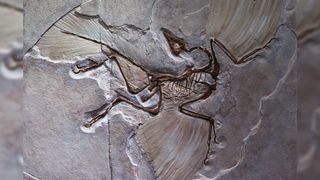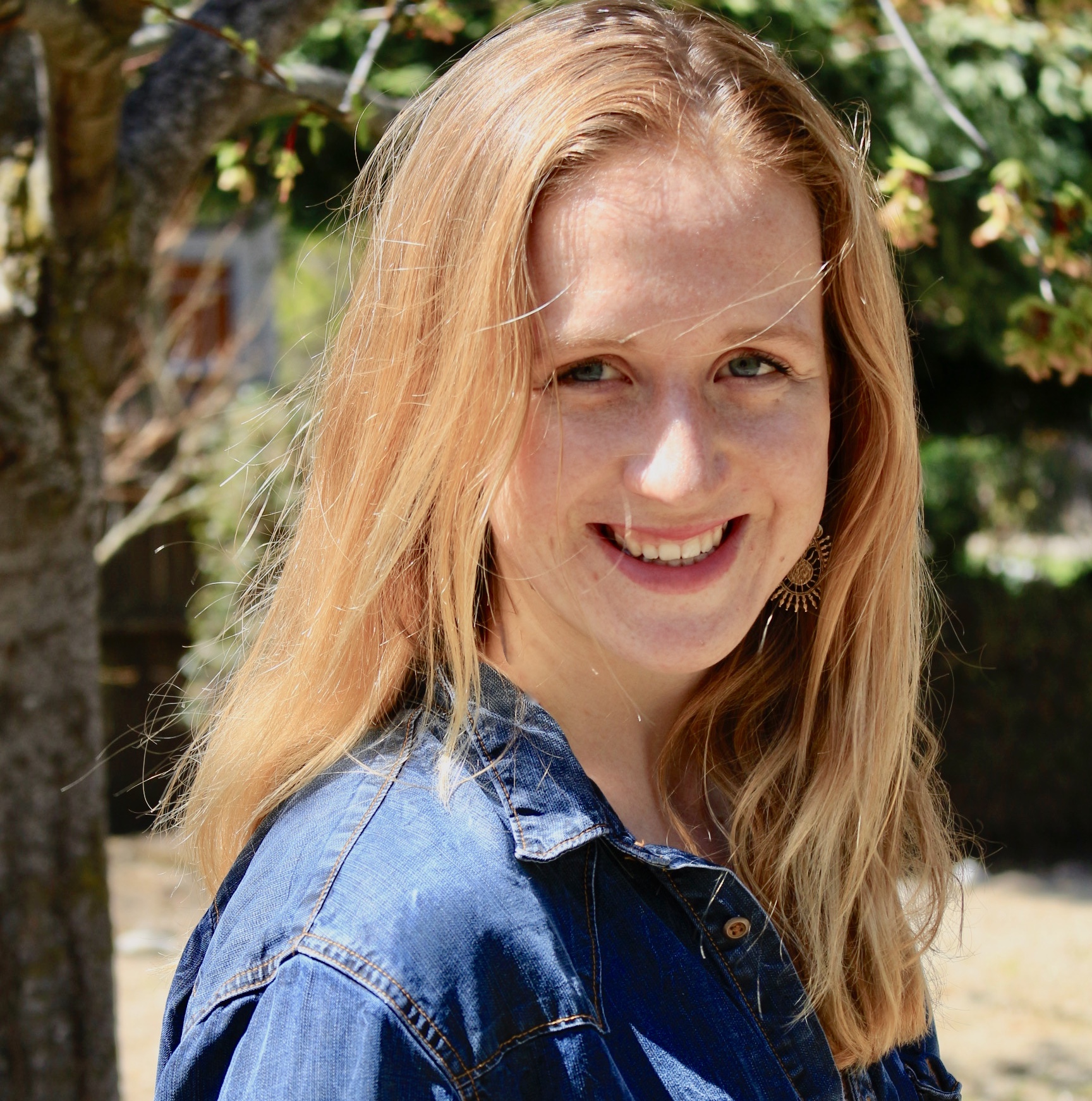Whats the greatest age that a thing can be to be able to be dated by carbon-14
How do scientists effigy out how old things are?

The power to precisely appointment, or place the age of an object, can teach us when Globe formed, help reveal by climates and tell u.s.a. how early humans lived. So how exercise scientists practice it?
Radiocarbon dating is the most common method by far, according to experts. This method involves measuring quantities of carbon-fourteen, a radioactive carbon isotope — or version of an atom with a different number of neutrons. Carbon-fourteen is ubiquitous in the environment. After it forms high upward in the atmosphere, plants breathe it in and animals exhale it out, said Thomas Higham, an archeologist and radiocarbon dating specialist at the University of Oxford in England.
"Everything that'southward alive takes information technology up," Higham told Live Scientific discipline.
Related: What's the oldest living affair alive today?
While the near common form of carbon has vi neutrons, carbon-14 has 2 extra. That makes the isotope heavier and much less stable than the most common carbon form. And so after thousands of years, carbon-fourteen eventually breaks down. One of its neutrons splits into a proton and an electron. While the electron escapes, the proton remains function of the cantlet. With one less neutron and one more proton, the isotope decays into nitrogen.
When living things die, they cease taking in carbon-14 and the amount that's left in their trunk starts the dull process of radioactive decay. Scientists know how long it takes for half of a given quantity of carbon-14 to decay — a length of time called a half-life. That allows them to measure the age of an organic piece of matter — whether that's an animal skin or skeleton, ash or a tree ring — by measuring the ratio of carbon-14 to carbon-12 left in it and comparison that quantity to the carbon-fourteen half-life.
The half-life of carbon-14 is 5,730 years, making it ideal for scientists who want to study the last 50,000 years of history. "That covers basically the actually interesting part of human history," Higham said, "the origins of agriculture, the development of civilizations: All these things happened in the radiocarbon catamenia."
However, objects older than that accept lost more than 99% of their carbon-14, leaving too picayune to detect, said Brendan Culleton, an assistant enquiry professor in the Radiocarbon Laboratory at Pennsylvania State University. For older objects, scientists don't use carbon-14 as a mensurate of age. Instead, they oftentimes wait to radioactive isotopes of other elements present in the environment.
For the globe'southward oldest objects, uranium-thorium-lead dating is the most useful method. "We use it to appointment the Earth," Higham said. While radiocarbon dating is useful only for materials that were in one case alive, scientists can use uranium-thorium-pb dating to measure out the age of objects such equally rocks. In this method, scientists mensurate the quantity of a variety of different radioactive isotopes, all of which decay into stable forms of pb. These split chains of disuse brainstorm with the breakdown of uranium-238, uranium-235 and thorium-232.
"Uranium and thorium are such large isotopes, they're bursting at the seams. They're always unstable," said Tammy Rittenour, a geologist at Utah State University. These "parent isotopes'' each pause downwardly in a different pour of radioisotopes before they wind up as pb. Each of these isotopes has a dissimilar half-life, ranging from days to billions of years, according to the Environmental Protection Agency. Just similar radiocarbon dating, scientists calculate the ratios betwixt these isotopes, comparing them with their respective half-lives. Using this method, scientists were able to appointment the oldest rock always discovered, a 4.four billion-year-old zircon crystal institute in Australia.
Finally, another dating method tells scientists non how old an object is, but when it was final exposed to heat or sunlight. This method, called luminescence dating, is favored by geo-scientists studying changes in landscapes over the last meg years — they tin use it to discover when a glacier formed or retreated, depositing rocks over a valley; or when a flood dumped sediment over a river-basin, Rittenour told Alive Scientific discipline
When the minerals in these rocks and sediments are cached, they become exposed to the radiations emitted by the sediments around them. This radiation kicks electrons out of their atoms. Some of the electrons fall back downwards into the atoms, but others become stuck in holes or other defects in the otherwise dense network of atoms effectually them. Information technology takes second exposure to oestrus or sunlight to knock these electrons back to their original positions. That's exactly what scientists practice. They expose a sample to calorie-free, and every bit the electrons fall dorsum into the atoms, they emit heat and light, or a luminescent indicate.
"The longer that object is cached, the more radiation information technology'southward been exposed to," Rittenour said. In essence, long-buried objects exposed to a lot of radiation volition have a tremendous amount of electrons knocked out of place, which together volition emit a vivid light as they return to their atoms, she said. Therefore, the corporeality of luminescent signal tells scientists how long the object was buried.
Dating objects isn't just important for understanding the historic period of the world and how ancient humans lived. Forensic scientists use it to solve crimes, from murder to art forgery. Radiocarbon dating can tell usa for how long a fine wine or whiskey has been anile, and thus whether it has been faked, Higham said. "At that place's a whole range of different applications."
Originally published on Live Science.
Source: https://www.livescience.com/scientists-dating-methods.html

0 Response to "Whats the greatest age that a thing can be to be able to be dated by carbon-14"
Enviar um comentário